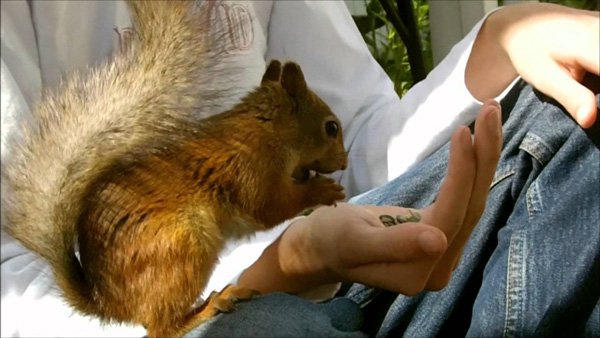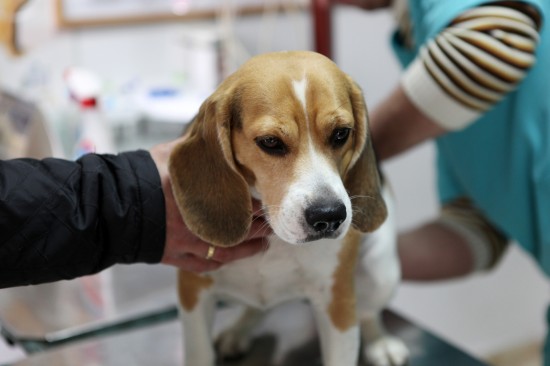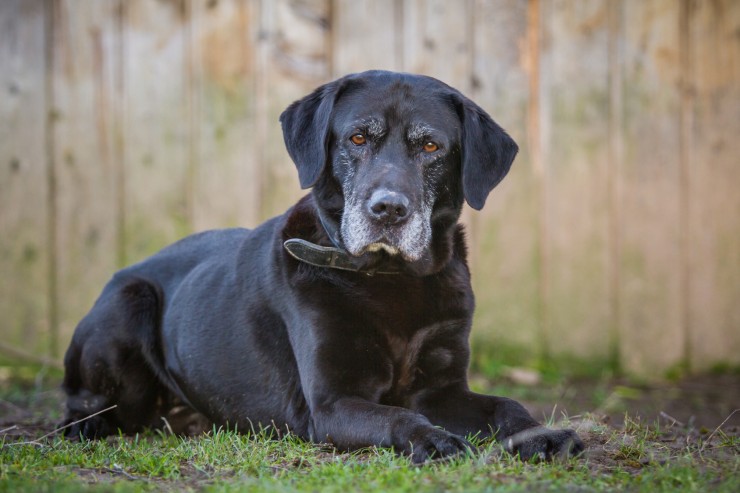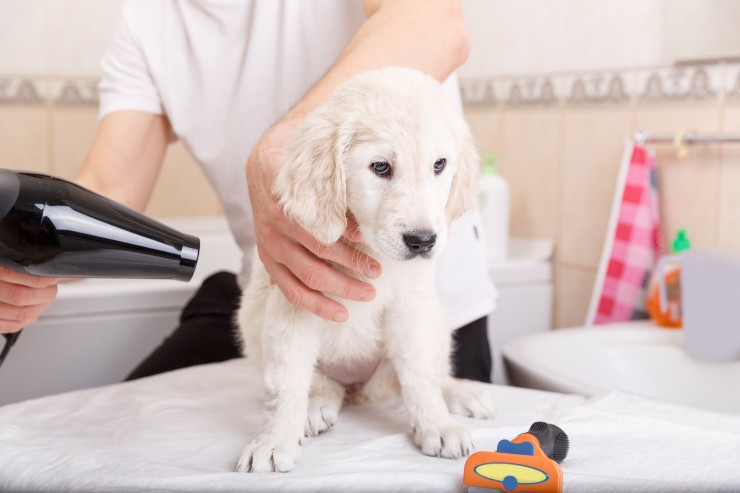
It抯 not only those with houses and gardens who own puppies. I am very often asked about the best way of preparing a toilet training spot. Should it be situated outdoors or inside? It's not as foolish as it may appear.Many people are in apartments but still need to have a place for their pups to relieve themselves. When you think about it, practically just about every cat owner possesses a cat litter tray in their house. Now I am aware that having a puppy toilet area inside your home is not perfect but many individuals circumstances mean that this is the only method available. It's obvious that this place should be well ventilated.
Your bathroom may well be the best choice here as it will probably have a hard washable floor as well. You can get dog litter (similar to the cat stuff but you need more of it!). Some people utilize regular newspaper but there could be an unpleasant side effect here. The best paper is unprinted newsprint paper which has similar absorbent qualities without the side effects. Why should you not use normal newspaper? Basically, the puppy can associate potty time with newspaper (any newspaper) and unfortunately can see every paper as a possible toilet (even if it has just come through the letterbox). This can be awfully embarrassing in someone else's house.As soon as you get the best place sorted out it is easy to move onto teaching your puppy the significance of it.
The simplest way should be to get them to link visiting that area with going to the toilet. You can do this by taking them to it each time they show warning signs of needing to go. Try to look for circling or sniffing the floor, abruptly stopping playing and then walking away, rotating around in circle with their backs arched and (definite indicator) sniffing at the scene of a previous mishap. You might presume you've cleaned it away however the puppy will still be able to smell it and will try to go in the same place.
You then take them up to the doggie loo and allow them do what they do. Afterwards you praise them. Do this each time and they will rapidly understand that this is what you desire. They'll not query the reason why, they will simply connect going in the right place with praise. This must be carried out a quiet manner as you do not want to get them too excited. When they get too excited, they get tense then can't go. This obviously, defeats the point of the exercise. You need to therefore, retain a calm appearance to help the dog relax enough to relieve itself.
Time intervals will vary greatly depending on the puppy's age. For example, when aged around say fourteen weeks, you could be looking at maybe eight to ten breaks each day. This may reduce down to about half of that when the puppy is aged about thirty weeks.
When they are young, they're not physically developed enough to hold themselves in for too long. For this reason they should be taken outdoors perhaps every two hours or so. You should closely observe the period after eating or drinking because these tend to be common "toilet times". Realistically, they can only hold themselves for an hour or so for every month of age. Quite simply they will not really last through the night.
It sounds strange but many owners maintain a written record of when the puppy "goes". This gives them a much better idea of the dog's natural bodily rhythms. The main items to note are eating, sleeping and going to the toilet. Pet owners find it easier to work out the relationship between the events, which certainly makes sense. It may well in addition, highlight a few medical problems when the puppy starts to break with these standard times.
The subsequent step is when your puppy feels the urge to go and understands that if they come to tell you (or go right to the potty area) they get praise. Usually, this involves scratching the door, barking or whining. In time they will probably head straight for their potty. You're suddenly making big progress. Keep the praise going, even if there are a few accidents.
If you ever shout at or scold the pup they will think you are cross about them going to the toilet, rather than going in the wrong place. A simple detail but a world of difference. In conclusion, find an area, take the pup to it when they feel the need and then encourage them to tell you when they want to go.That's about That
 Top Six Benefits Of Dog Grooming By Millcreek Veterinary Clinic
Top Six Benefits Of Dog Grooming By Millcreek Veterinary C
Top Six Benefits Of Dog Grooming By Millcreek Veterinary Clinic
Top Six Benefits Of Dog Grooming By Millcreek Veterinary C
 Keeping Your Dog Calm At The Vets
Keeping Your Dog
Keeping Your Dog Calm At The Vets
Keeping Your Dog
 Feline Idiopathic Cystitis (fic)
Feline Idiopathic
Feline Idiopathic Cystitis (fic)
Feline Idiopathic
 Mobility Options For Disabled Dogs
Mobility Options
Mobility Options For Disabled Dogs
Mobility Options
 The Best Puppy Shampoos
The Best Puppy Sh
The Best Puppy Shampoos
The Best Puppy Sh
Copyright © 2005-2016 Pet Information All Rights Reserved
Contact us: www162date@outlook.com